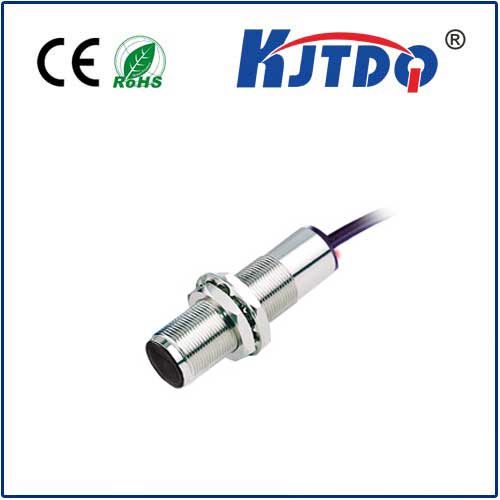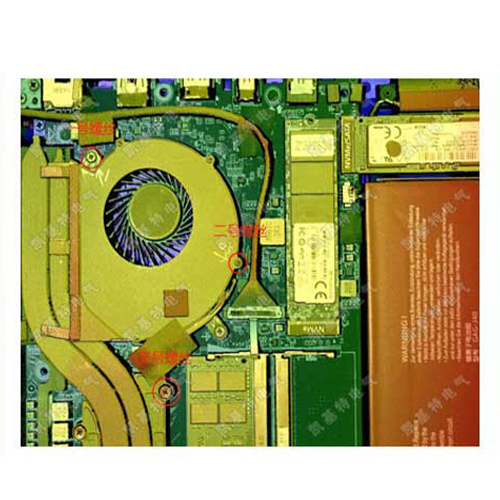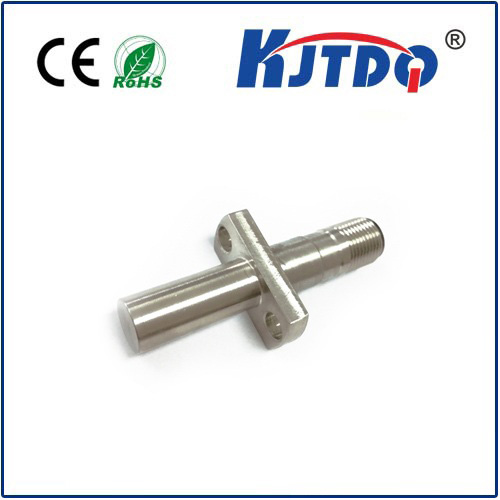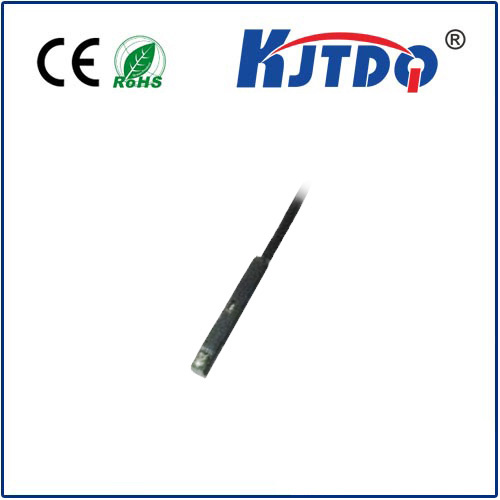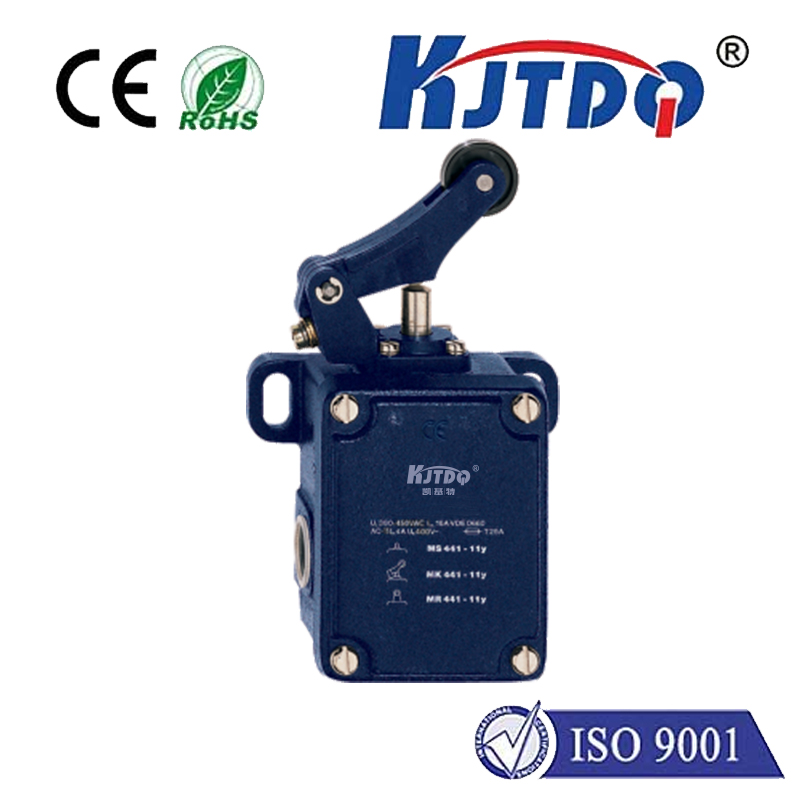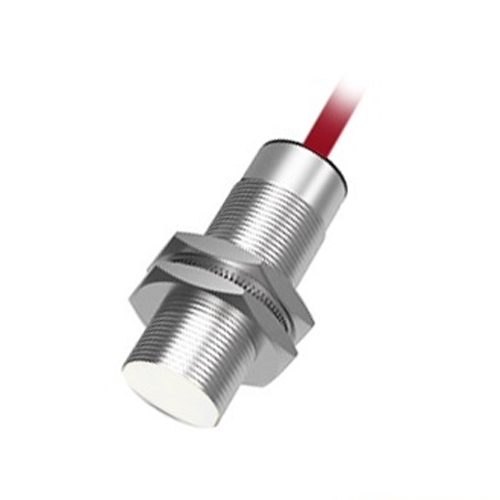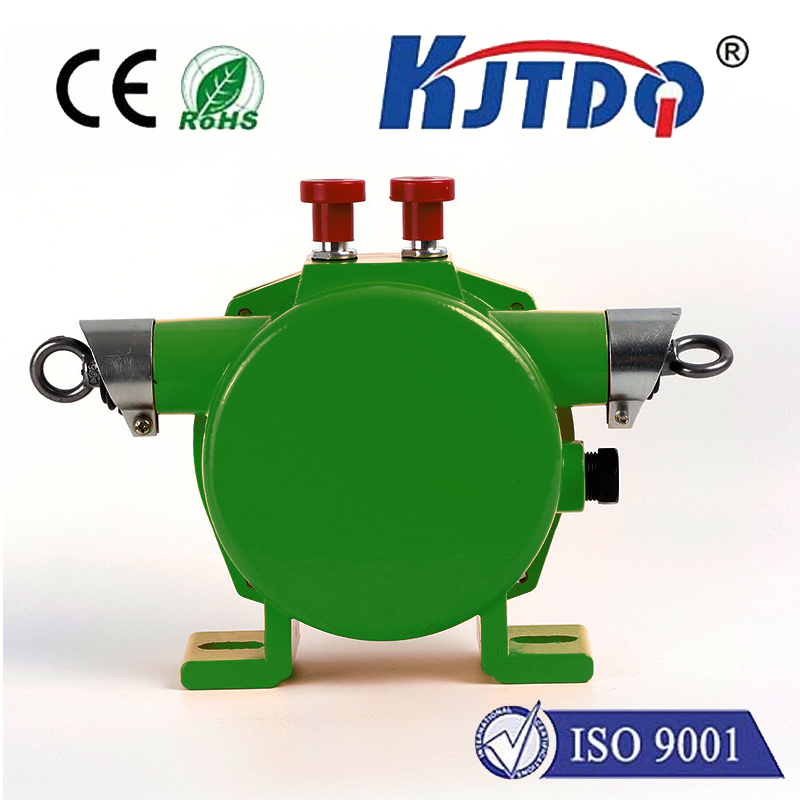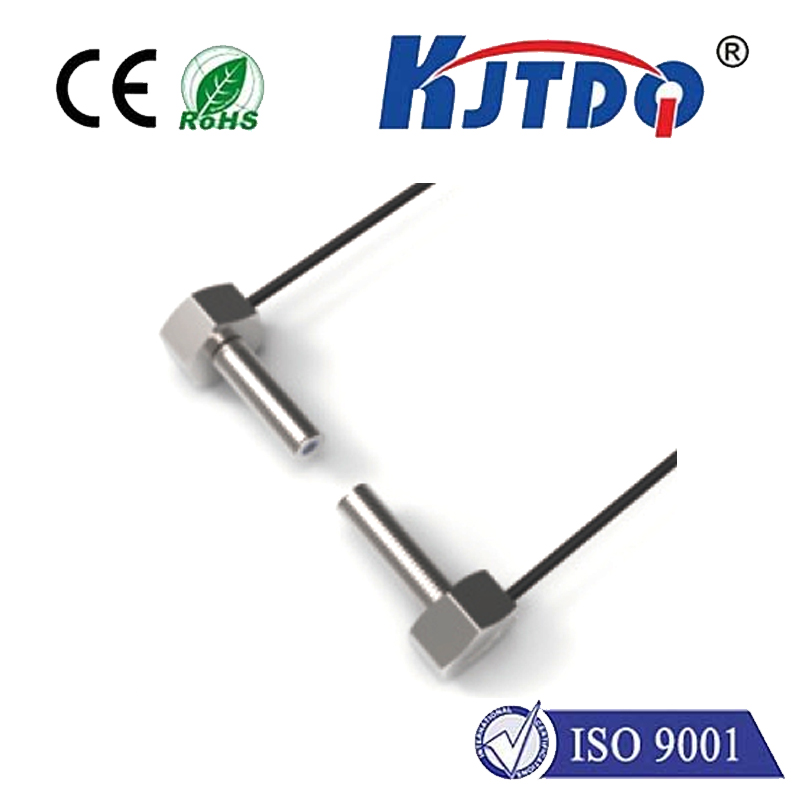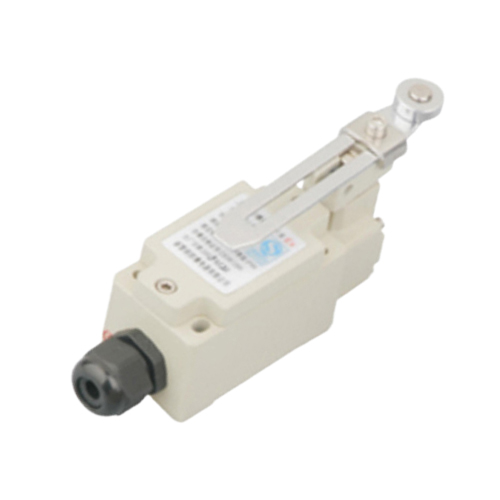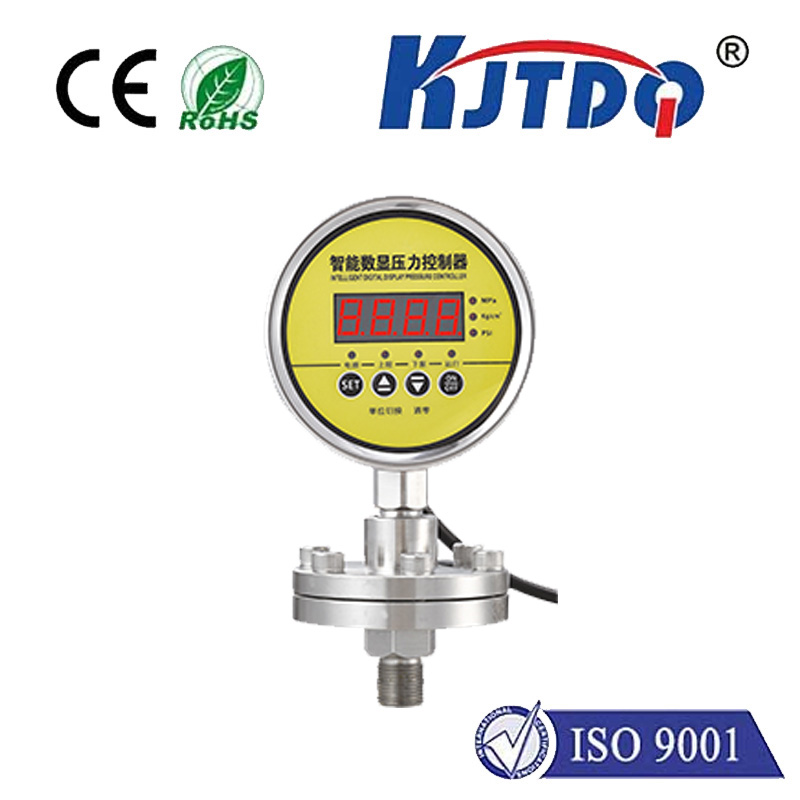iny LiDAR: Revolutionizing Precision in Compact Devices Imagine a world where your smartphone can map your surroundings in real-time, or your drone can navigate through dense forests with pinpoint accuracy. This isn’t science fiction—it’s the reality being shaped by tiny LiDAR technology. LiDAR, which stands for Light Detection and Ranging, has long been a cornerstone of industries like autonomous vehicles, robotics, and environmental monitoring. But as the demand for smaller, more efficient devices grows, the need for compact LiDAR systems has become more pressing than ever. Enter tiny LiDAR, a breakthrough that’s redefining what’s possible in the world of precision sensing.
At its core, LiDAR is a remote sensing method that uses laser pulses to measure distances and create detailed 3D maps of environments. Traditional LiDAR systems, while highly accurate, are often bulky, expensive, and power-hungry. Tiny LiDAR, on the other hand, is a miniaturized version of this technology, designed to fit into smaller devices without compromising performance. These systems leverage advancements in optics, semiconductor technology, and signal processing to deliver high-resolution data in a compact form factor.
The key to tiny LiDAR lies in its ability to shrink components without sacrificing functionality. Micro-electromechanical systems (MEMS) play a crucial role here, enabling the creation of tiny mirrors and sensors that can steer laser beams with incredible precision. Additionally, innovations in semiconductor lasers have made it possible to produce powerful, yet energy-efficient, light sources that are small enough to fit into handheld devices. Another critical aspect is the use of time-of-flight (ToF) measurements, which calculate distances based on the time it takes for a laser pulse to bounce back from an object. By optimizing this process, tiny LiDAR systems can achieve sub-millimeter accuracy, even in challenging environments.
The versatility of tiny LiDAR is one of its most exciting features. Here are just a few areas where this technology is making waves:

Потребительская электроника: Smartphones and tablets equipped with tiny LiDAR can offer enhanced augmented reality (AR) experiences, object scanning, and improved photography. Apple’s integration of LiDAR in its iPad Pro and iPhone models is a prime example of this trend.
Autonomous Vehicles: While full-sized LiDAR systems are common in self-driving cars, tiny LiDAR is enabling smaller vehicles, like drones and delivery robots, to navigate complex environments with ease.
Робототехника: From warehouse automation to household robots, tiny LiDAR provides the spatial awareness needed for precise movement and obstacle avoidance.
Healthcare: Miniaturized LiDAR is being used in medical devices for applications like 3D imaging, prosthetics fitting, and even surgical navigation.
Экологический мониторинг: Portable LiDAR devices can be deployed in remote areas to monitor vegetation, track wildlife, or assess natural disasters.
Despite its potential, tiny LiDAR faces several challenges. Cost remains a significant barrier, as the production of high-quality miniaturized components is still expensive. Additionally, ensuring durability and reliability in compact systems is an ongoing concern, especially for applications in harsh environments. However, the future looks bright. Researchers are exploring new materials and manufacturing techniques to reduce costs and improve performance. Photonics integration is one promising area, where light-based components are embedded directly into silicon chips, paving the way for even smaller and more efficient LiDAR systems.
The rise of tiny LiDAR is more than just a technological evolution—it’s a paradigm shift. By making LiDAR accessible to smaller devices, this innovation is democratizing precision sensing and opening up new possibilities across industries. Whether it’s enhancing everyday gadgets or enabling groundbreaking applications, tiny LiDAR is proving that big things really do come in small packages. As the technology continues to evolve, one thing is clear: tiny LiDAR is set to play a pivotal role in shaping the future of how we interact with the world around us. From smart cities to advanced robotics, its impact will be felt far and wide, proving that sometimes, the smallest innovations can make the biggest waves.
